Sponsored by The Insurance Emporium
The ultimate Race Day Checklist for competitive cyclists
Don’t let a silly oversight ruin your stab at glory
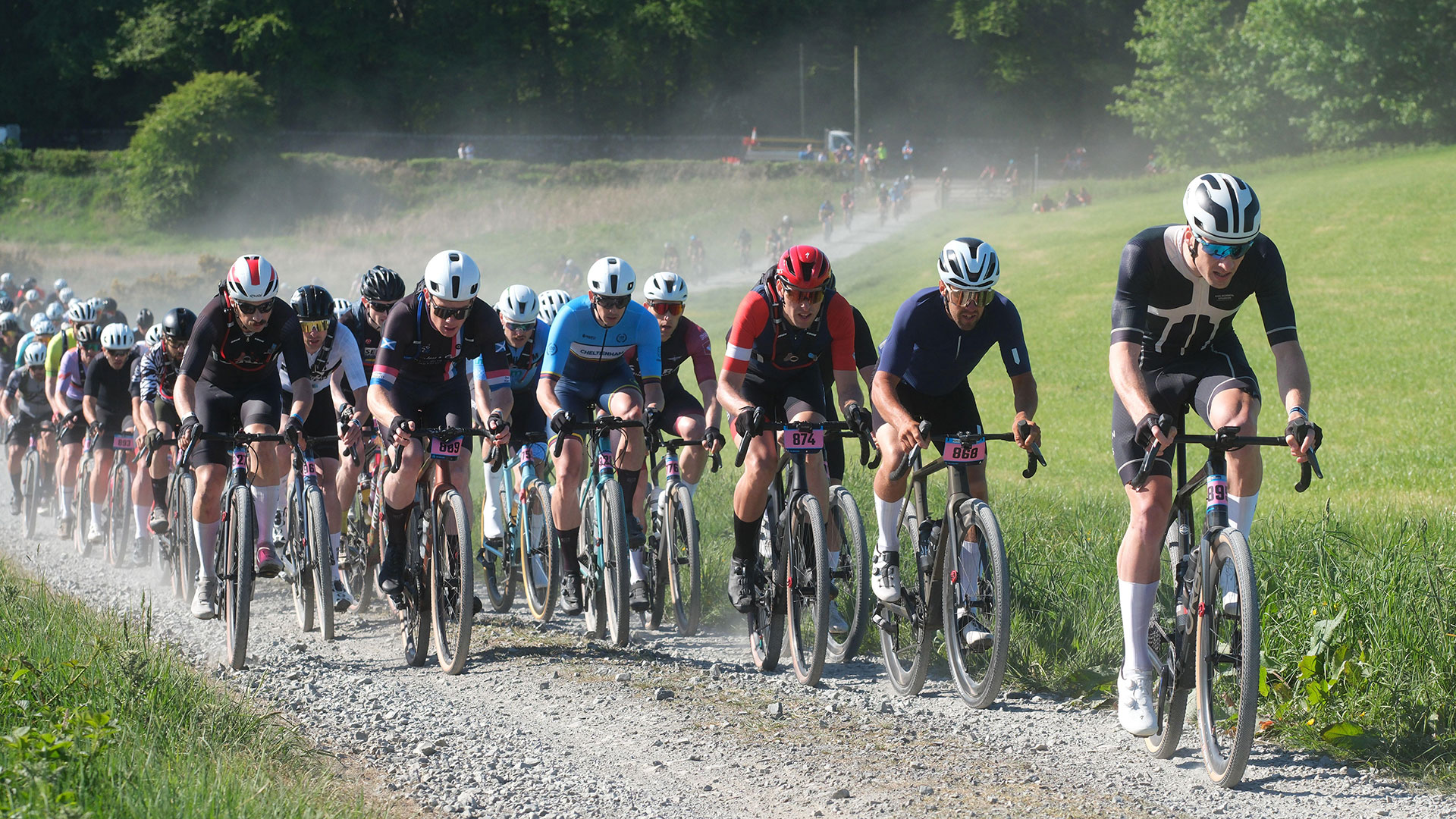
It’s every racer’s nightmare. You’ve been training for months, gradually building your performance for a big event, only to be let down at the last minute by poor prep. So, don’t be that person. Races are stressful enough without additional minor flusters, let alone major dramas, to rob you of potential podium glory.
Instead, quit practising your game face in the mirror for a few minutes and read our ultimate race day checklist, which will prepare you for any competitive event, from track to road to gravel.
Obvious, yet easily overlooked
‘Don’t sweat the small stuff’ doesn’t apply on race day. Here’s a run-through of the minor tech that can majorly impact your race should you fail to bring it along on the day.
Bikes are easily knocked, yet a compatible derailleur hanger – one of the most likely points of failure – will be extremely hard to find just before a race. So, buy one well in advance and stick it in your toolbox. You may never need it, but you’ll thank me when the time comes.
Batteries of all kinds have a habit of failing or refusing to charge at the least convenient moment...
Remember to bring spare, pre-charged batteries if you’re running a SRAM or Campagnolo electronic shifting groupset. Similarly, if your bike uses coin batteries to power any components – commonly AXS shifters and power meters/pedals – then bring a healthy supply of these too. Batteries of all kinds have a habit of failing or refusing to charge at the least convenient moment. It’s also inevitable that you’ll remember to charge a critical battery one evening, only to leave it at home, safely cradled in its charger, on the morning of the race. We’ve all done it, so pack some spares.
If you’re running Shimano Di2, or any electronic groupset that’s charged on the bike, bring along the relevant charger and/or charging cables. A portable battery pack will be invaluable for the days when you have no access to mains power.
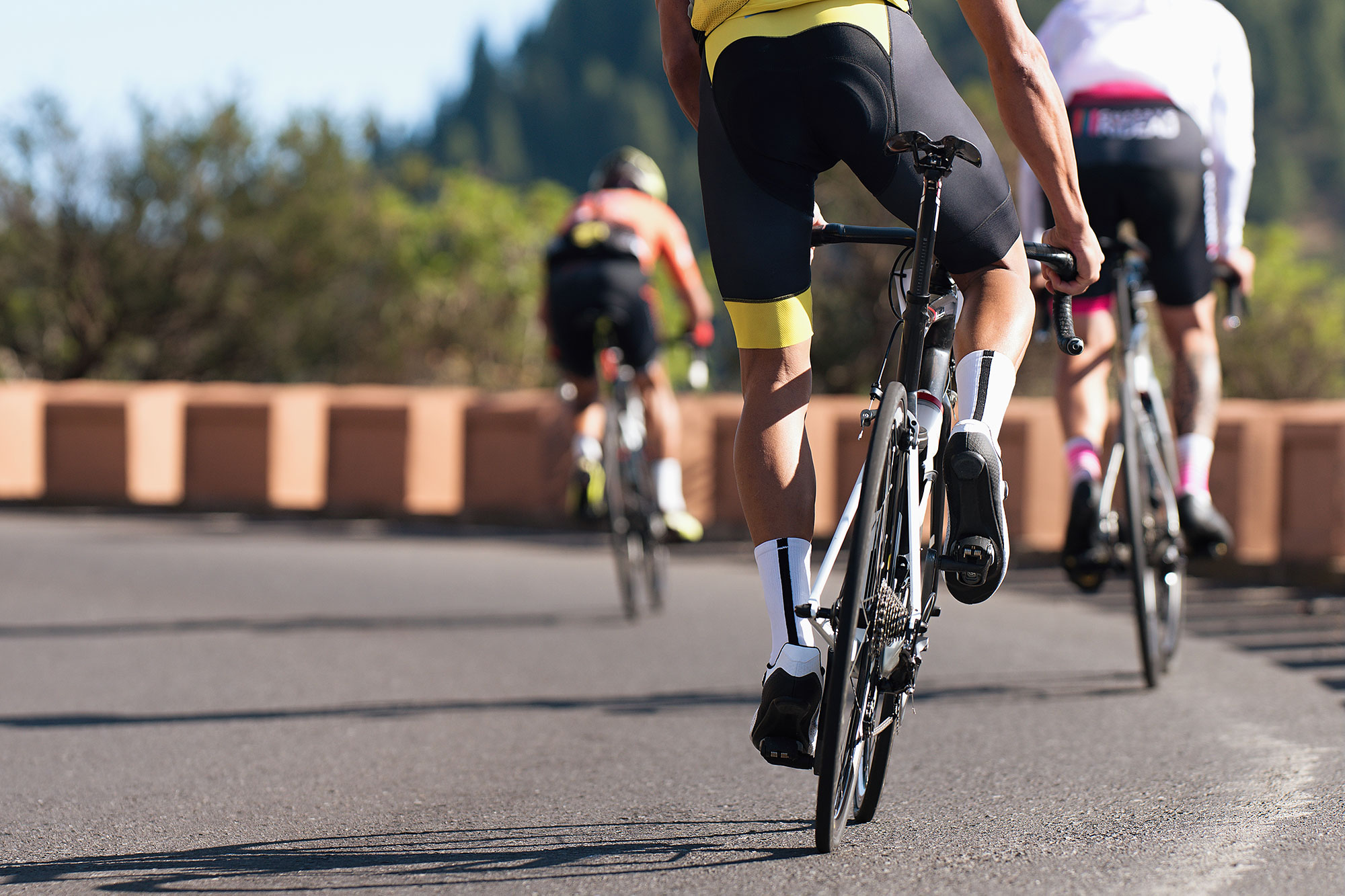
Unless you’re racing an ultra or a course with a significant amount of descent, you shouldn’t need to carry spare brake pads in your toolbox but bring them anyway. Because pads are concealed within the dark confines of the caliper, it can be tricky to judge just how worn they are. So, if you tend to give them little more than a cursory glance during your pre-ride maintenance checks, it can be easy to misjudge when they need replacing. Similarly, brake pads are quickly contaminated or glazed, resulting in subpar performance. Replacements are inexpensive and quick to swap out, so invest in an extra set or two.
Packing spare brake rotors may sound overkill, but they can warp if overused on a course with plenty of descent. More likely, a knock or a fall encountered during transit can bend a rotor beyond repair, leaving you racing on a bike with the brakes permanently applied, which is about as fun as it sounds. Buy a set of spares, together with the tools needed to remove them – usually a large wrench and a lockring remover.
If you keep on top of maintenance, your bike’s chain should have plenty of life left in it, but there’s no harm in packing a quick-release link. They’re minuscule and weigh next to nothing.
Tyres, tubes and tubeless
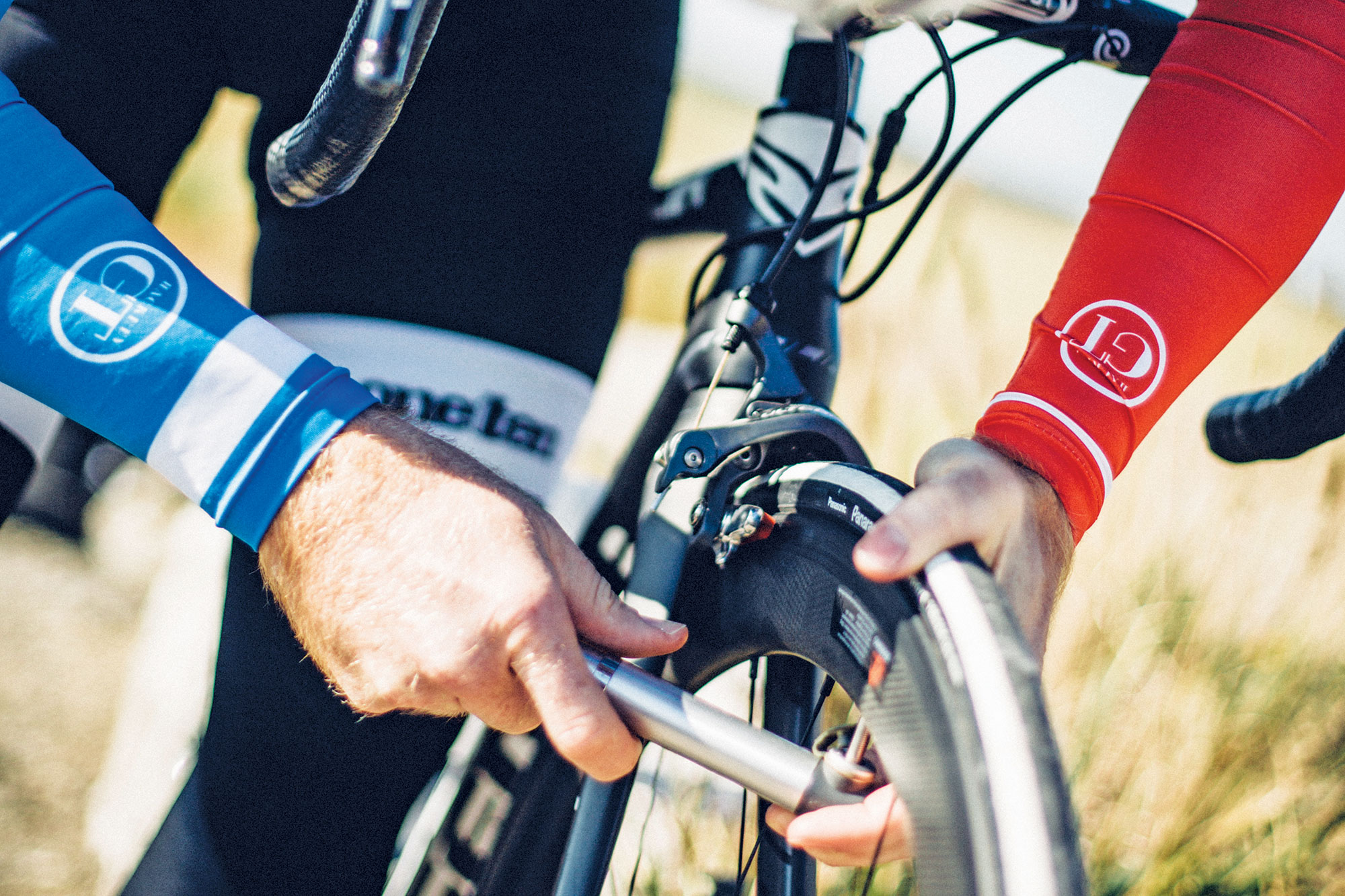
It is obvious, but I’ll say it anyway – having the means to fix a flat is essential...
Packing a choice selection of spare tyres is an excellent idea. Not only will you have a backup should you suffer a slashed sidewall, but, depending on the format of the race, it will also enable you to optimise width and tread pattern for the conditions. Even better, if you can afford it, bring a set of spare wheels.
It is obvious, but I’ll say it anyway – having the means to fix a flat, whether that be a traditional repair kit, tubeless plugs/worms or a new tube, is essential for longer rides and gravel races.
Insurance
As a competitive cyclist, you’re likely to have invested a significant amount of time and money in choosing your bike and specifying its components. It’s a precious asset to you, both emotionally and financially. Therefore, taking out insurance to cover it against potential future mishaps may be wise.
However, some homeowners’ policies will not cover bikes away from home or bikes above a certain value. If, after checking the small print, you find yours doesn’t provide the cover you need, consider The Insurance Emporium, which offers award-winning Defaqto five-star cycle insurance with an “Excellent” Trustpilot score.
There are three levels of cover to choose from, all of which include theft, loss or accidental damage for your bike, new for old for life, personal accident, bicycle kit cover and more. Importantly, there’s an optional Competitive Use benefit that covers your bike if it is lost, stolen or accidentally damaged while being used for named competitive purposes.
Sadly, sometimes we’re forced to withdraw from a competition due to a sudden, unexpected and unforeseen injury. Well, at least The Insurance Emporium’s optional Event Withdrawal cover will cover the cost of any non-refundable entry fee should you have to cancel for this reason.
Check out The Insurance Emporium’s site for more details.
Clothing
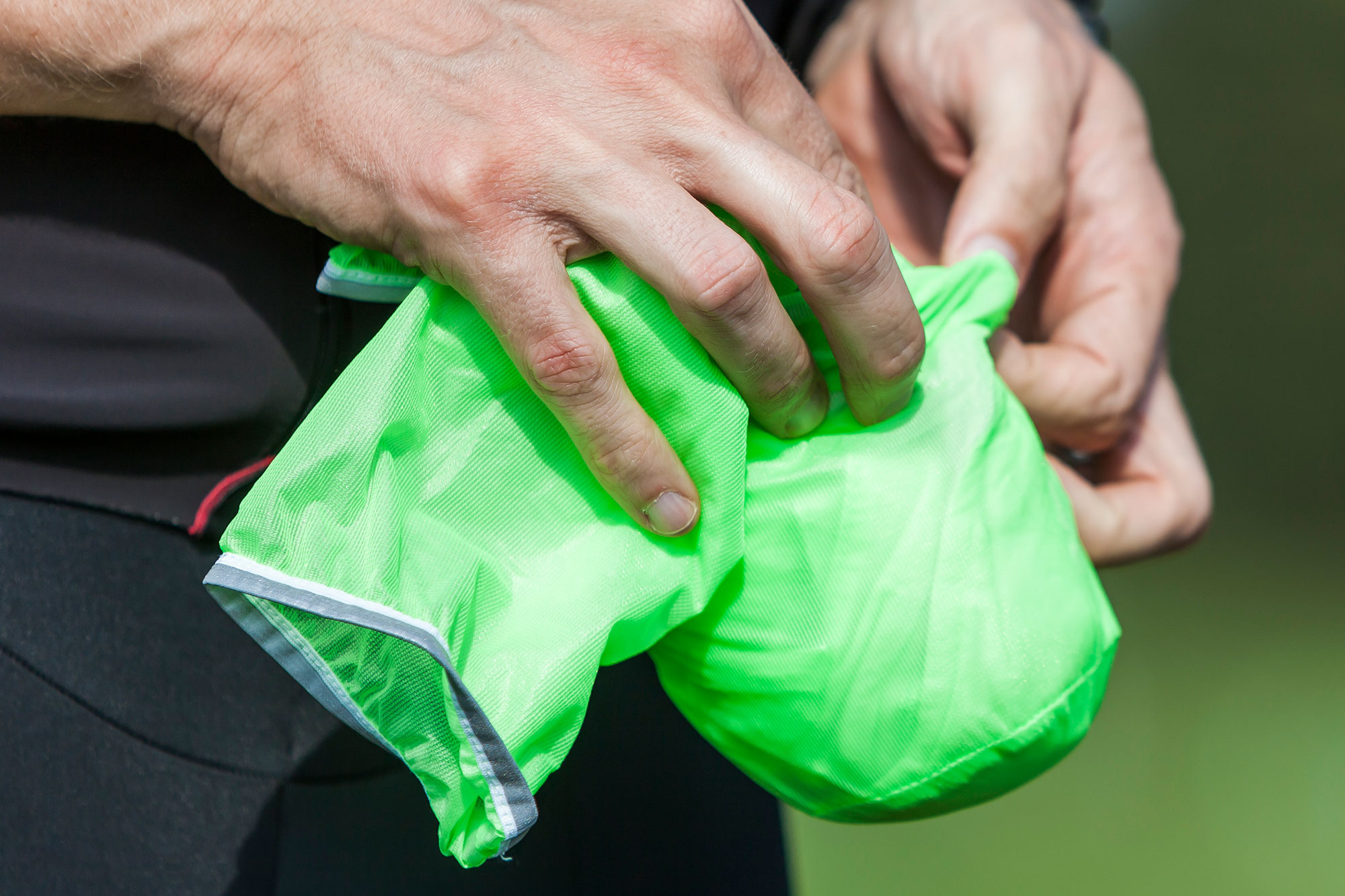
A packable rain jacket can be a godsend in the mountains, where conditions can change quickly, and temperatures typically drop 6.5°C for every 1,000 metres of ascent. A good breathable, lightweight jacket will protect you from both precipitation and wind chill.
Arm and leg warmers, along with a packable gilet are essential for fast, high-altitude descents that never fail to chill both the limbs and core. Down in the valleys, consider slipping on thin, super lightweight sleeves to protect your forearms from sunburn when riding exposed flat sections on days with little cloud cover. On that note, don’t forget to apply plenty of high-factor sunscreen.
Nutrition and hydration
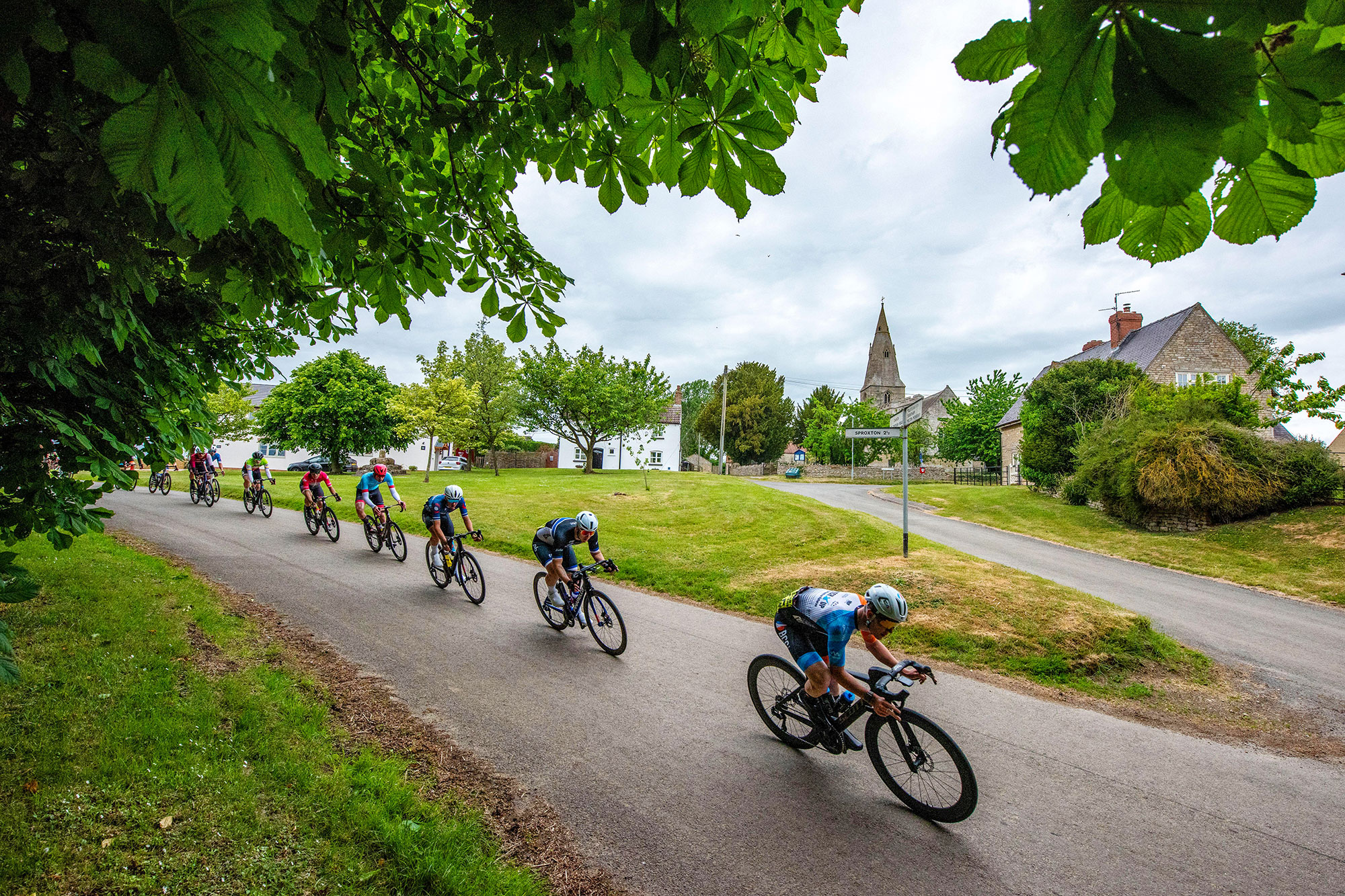
While you’ve probably got your pre-race nutrition plan dialled in, even the best of us find fuelling on the bike challenging. Too many energy-boosting carbs – usually in the form of sugar - can make you nauseous, while too few will induce ‘bonking’, the slang term for the effects of glycogen depletion. This leaves you feeling weak, dizzy, and unable to produce enough power to compete, or, in severe cases, complete the ride.
In the months and weeks leading up to any race, calculate how much you’ll need to eat to fuel your ride while on the bike effectively. Current generic advice recommends that most riders consume between 60 and 90 grams of carbohydrate per hour, typically in the form of energy bars and gels that contain a 2:1 glucose to fructose mix. However, individual needs vary considerably, and most people find they must train their digestive system to tolerate such high sugar loads.
Specialist sports energy bars and gels are convenient; however, homemade flapjacks and other sweet treats, such as chocolate bars and jellybeans, can be equally effective for those on a budget. Just remember to brush your teeth well after the race!
In hotter climates, where you are likely to sweat profusely, it’s not a bad idea to add electrolyte tabs to your bidon for hydration.
Warm up and cool down
Roll up to the race with a set of rollers for the ultimate warm-up. Rollers are lightweight, portable, and extremely effective for pre-ride warm-ups as well as post-ride cool-downs.
Warming up before a race with a high cadence, low-intensity effort is a very potent way to increase blood flow to the muscles, elevate heart rate and raise body temperature. This helps boost your VO2 max, speeds up neural impulses, and reduces the likelihood of muscle-related injuries.
A gradual cooling-down phase, on the other hand, lessens muscle soreness and promotes faster recovery.
Mindset
Finally, remember to bring your mental A-game and a winning smile!
The definitive list
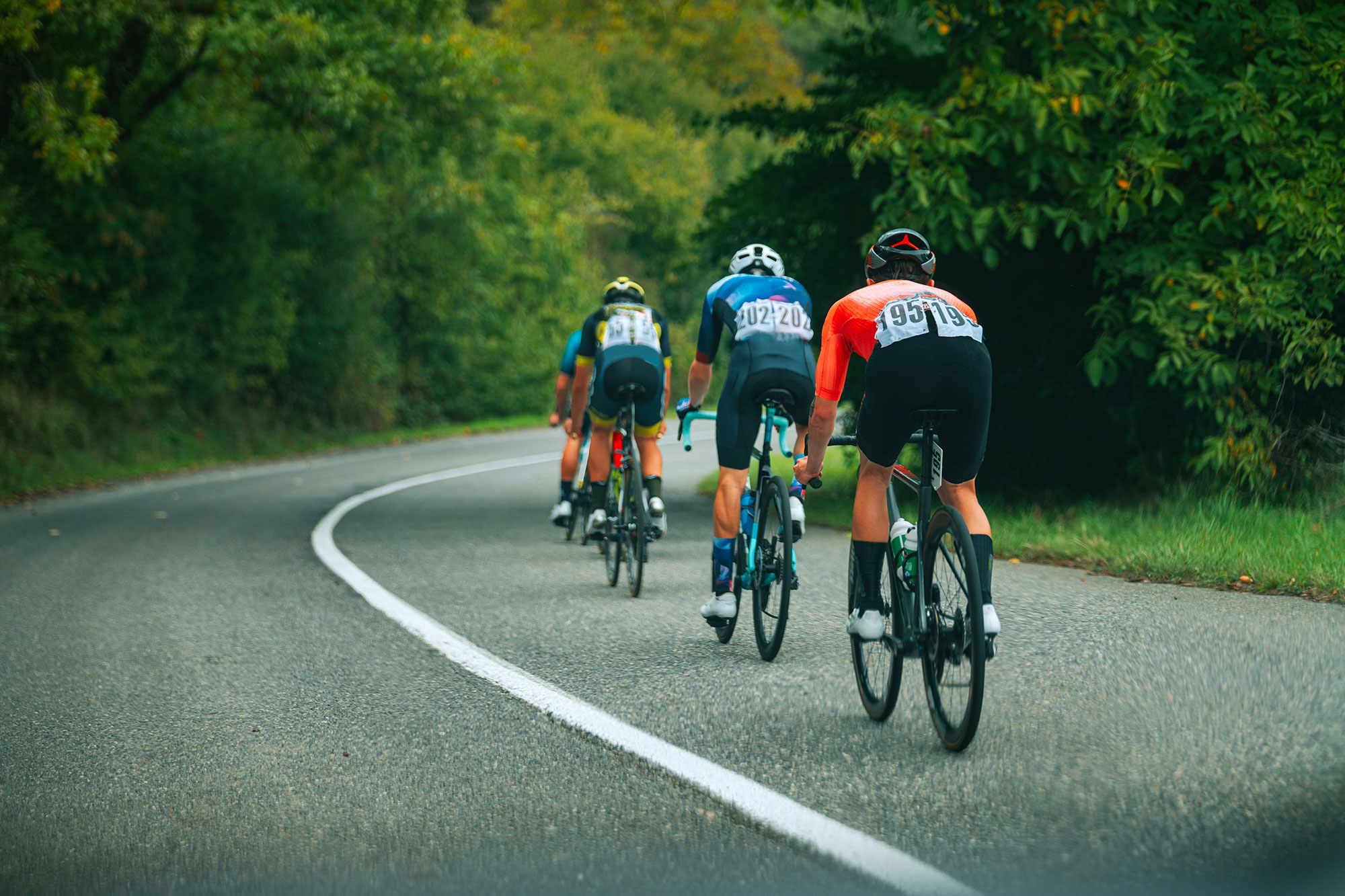
Many of us have become blasé about bringing spare tubes, especially those who run tubeless systems. However, you’ll lose the race before it even starts if your bike suffers a flat in the car park, whether caused by a simple shard of glass or a more complex issue like sudden, unexpected tubeless rim tape failure. When time is tight, installing a new tube will quickly and effectively resolve most inflation issues. It’s not ideal if you’re running tubeless, but it will get you back in the race.
- Insurance – check you are covered for competitive events and event withdrawal
- Racing license
- Bike
- Helmet
- Bike shoes (check for cleat wear)
- Socks
- Gloves – long- and short-fingered
- Protective eyewear – consider photochromic for mixed conditions
- Jersey
- Bib shorts
- Base layers
- Packable rain jacket
- Packable gilet
- Arm warmers
- Leg warmers
- UV arm sleeves
- Casquette (cycling cap)
- Bidons (bottles)
- Sunscreen
- Towel
- Nutrition – bars, gels or homemade alternatives
- Electrolyte tabs
- Spare tubes
- Spare valves (check length)
- Sealant
- Spare tyres – bring an assortment if possible
- Spare wheels – if your budget will stretch to this
- Tube repair kit
- Tubeless plugs/worms
- Computer head unit
- Heart rate monitor
- Heart rate strap
- Lights – and booster batteries, leads etc for multi-day ultras
- Bike floor pump
- Derailleur hanger
- Spare spokes
- Coin batteries, as applicable
- Spare electronic groupset batteries
- Charger and leads for electronic groupset
- Portable USB battery pack
- Spare brake pads
- Spare brake rotors
- Quick-release chain links
- A comprehensive toolkit for pre-race use
- Basic, compact tool kit for use during the ride. Include tyre levers, multi-tool, pump or CO2
- Pre-race clothing – consider a belay jacket.
- Warm post-race clothing
- Post-race recovery nutrition/hydration
- Rollers – for warm-up and cool-down
- Massage gun
Lifestyle Policy Limited is an appointed representative of The Equine and Livestock
Insurance Company Limited. The Insurance Emporium is a trading name of The Equine
and Livestock Insurance Company Limited (registered in England and Wales no:
294940) which is authorised by the Prudential Regulation Authority and regulated by
the Financial Conduct Authority and the Prudential Regulation Authority no:202748.
All content provided on this blog is for information purposes only.
We offer a variety of cover levels, so please check the policy cover suits your needs
before purchasing. For your protection, please ensure you read the Insurance Product
Information Document (IPID) and policy wording, for information on policy exclusions
and limitations.
The latest race content, interviews, features, reviews and expert buying guides, direct to your inbox!

Simon spent his childhood living just a stone’s throw from the foot of Box Hill, so it’s no surprise he acquired a passion for cycling from an early age. He’s still drawn to hilly places, having cycled, climbed or skied his way across the Alps, Pyrenees, Andes, Atlas Mountains and the Watkins range in the Arctic.
Simon now writes for Cycling Weekly as a freelancer, having previously served as Tech Editor. He’s also an advanced (RYT 500) yoga teacher, which further fuels his fascination for the relationship between performance and recovery.
He lives with Jo, his yoga teacher wife, in the heart of the Cotswolds, with two rescue cats, five bikes and way too many yoga mats. He still believes he could have been a contender if only chocolate weren’t so moreish.
-
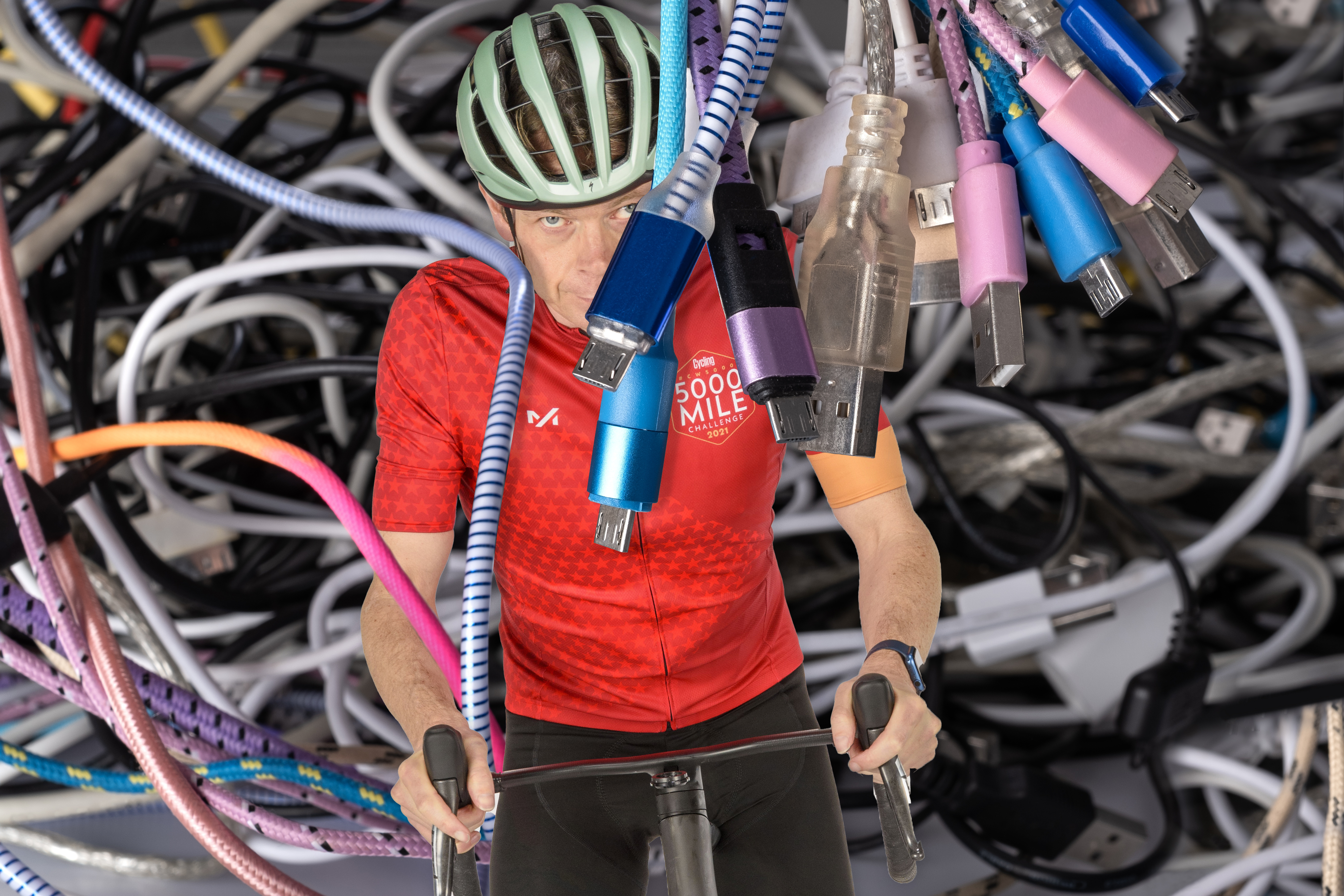 'When I get in from a ride I now have to carry out an electronic device charging audit' – Dr Hutch on the tech perils of modern cycling
'When I get in from a ride I now have to carry out an electronic device charging audit' – Dr Hutch on the tech perils of modern cyclingWeighing up the mixed blessing of cycling gadgets
-
 Deuter Compact 14+3 Backpack review: well-made, comfortable and practical both on and off the bike
Deuter Compact 14+3 Backpack review: well-made, comfortable and practical both on and off the bikeIf you prefer to carry your kit for the day on your back, then the Deuter Compact 14+3 is well-made, comfortable and nicely thought out.
